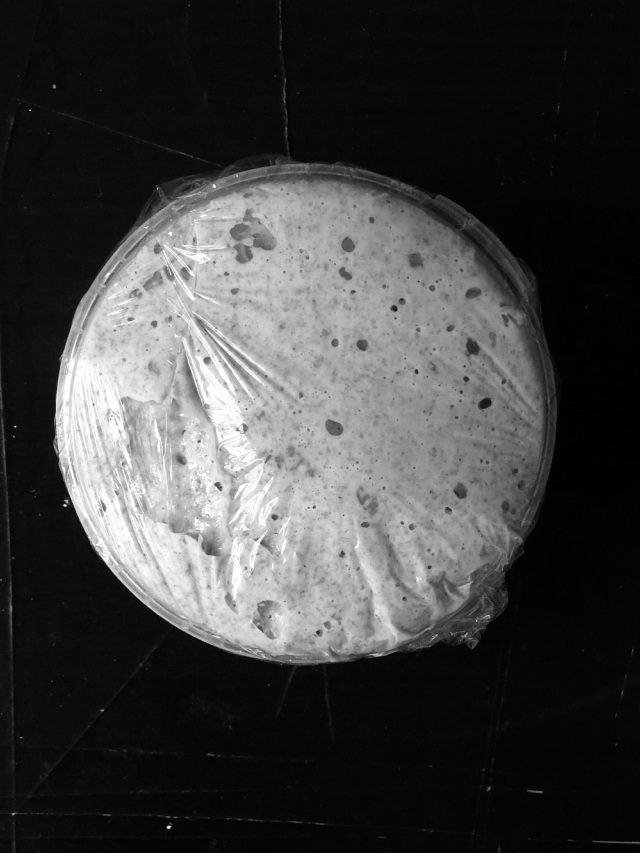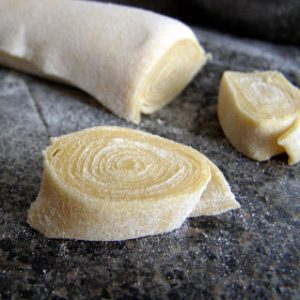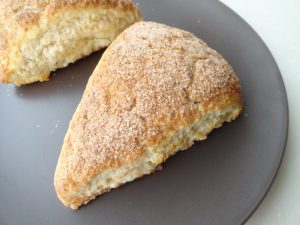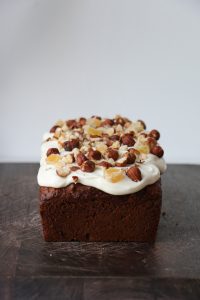For those of you who don’t know (or haven’t read my Artisan Bread post), I love Bread. I find it weird, exciting and mythical all at the same time. Mix up some ingredients, wait a bit and, wow, it’s alive and growing. (I can also eat an entire loaf of fresh bread in one sitting.)
Making bread is one thing, creating your own sourdough starter is a completely different emotional entanglement all together.
For those of you who are wondering what the hell I’m talking about; here’s a short explanation on sourdough starters:
- Mix a bit of flour and water together. Wait 2 or 3 days and it will have formed a whole lotta’ bubbles. That’s pretty cool and a good sign. It means that the mix has grabbed yeast from the air, flour (and anything that has touched it.) In turn, this has released gases to create bubbles.
- Bubbles = good.
- Bubbles = yeast is present, alive and growing in your mix.
- Then, you will discard roughly 80% of your starter and mix in equal quantities of flour and water. This is called feeding your starter as the yeast needs fresh food to feed on in order to stay alive.
- You will continue this feeding everyday. Everyday your starter will develop more flavour. This is the most important thing in a sourdough: that distinctive sourdough taste.
- Your sourdough starter replaces the need for dried or fresh yeast in your bread recipe as it contains a load of natural yeast (and flavour.)
Sounds complicated but it really isn’t.
Sourdough hosts a list of benefits including; it stays fresher for longer and tastes amazing.
All of this has come from the book which lots of people rave about: Tartine Bread. I received this book from my Head Chef last year and vowed to become more obsessed with bread than ever, but it never happened. I just couldn’t see myself having enough time to care for a starter (little did I know it takes about 5 minutes everyday.)
However, now I am on the Tartine band wagon and am loving it (more on the book in my next bread post.) Chad Robertson’s book goes quite in-depth into the science behind sourdough, and it did mind boggle me a few times. Give it time and take it slowly. Just look at the golden blistered loaves photographed in the book and I’m sure that will spur you on.
I now apologise for future ramblings about bread and how in love I am with Enrique.
So, just to warn you. You will become emotionally involved with your starter. If it goes hungry or (dear god) dies. A bit of you will die too.
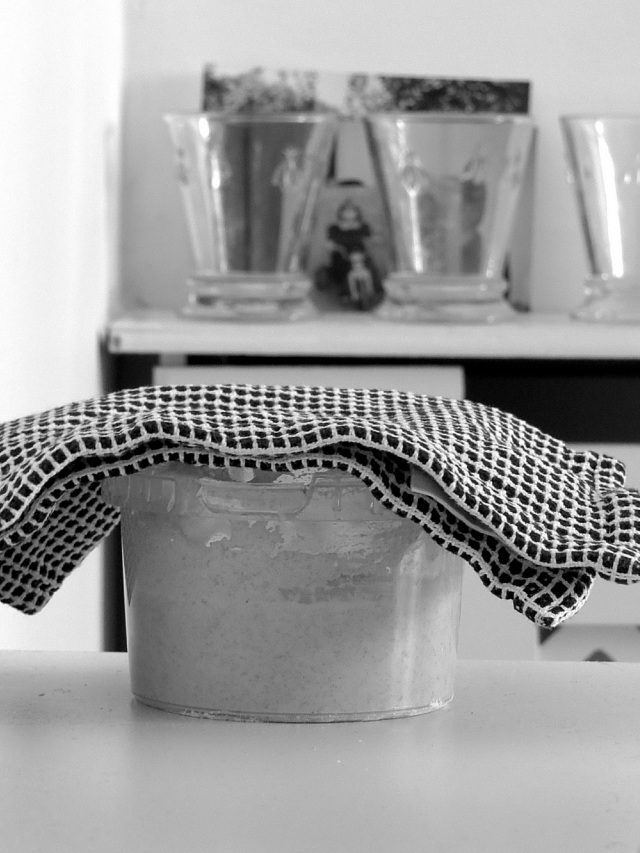
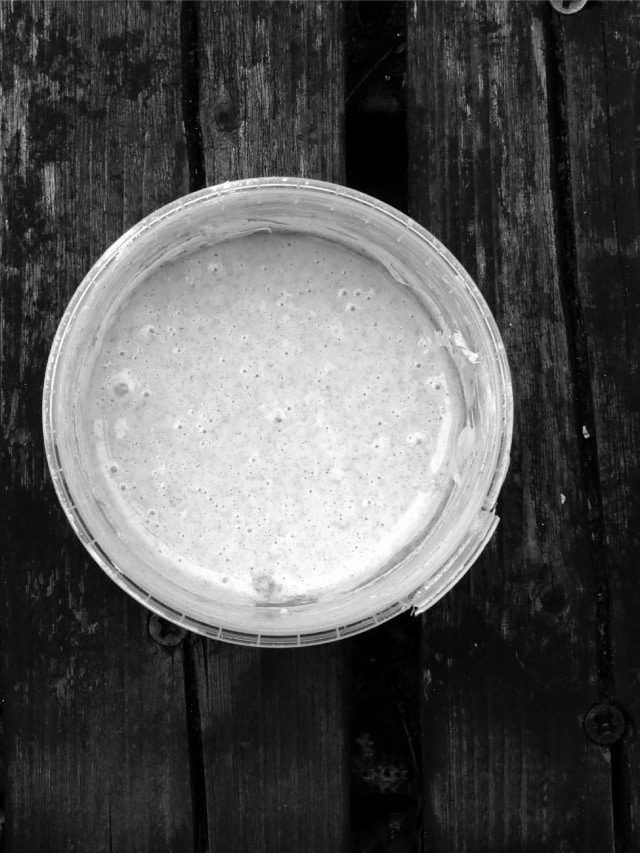
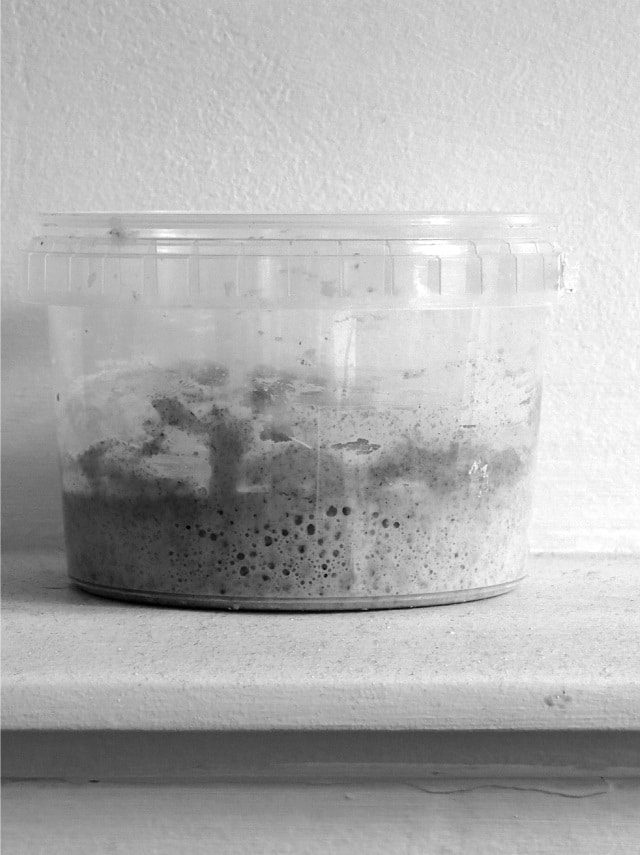
Ingredients – makes one sourdough starter
- 500g wholemeal flour (I used Rye flour to give my starter a different taste)
- 500g all-purpose flour
- Water, lukewarm
Method
Mix both flours together and place a handful of this into a small container (you will use the rest of the flour mix to feed your starter.) Take some lukewarm water and add it into the flour, mixing with your hands, until it resembles a thick batter. By using your hands, the yeast present on your hands is now in the starter.
Clean down the sides of the container and cover with a kitchen towel. Leave for 2 or 3 days.
After 2 or 3 days, you will see little bubbles appearing in the mixture. If no bubbles have appeared then leave the starter another day. Now your starter is ready for its first feeding.
Discard roughly 80% of the starter and feed with equal amounts of water and the flour mixture. These amounts don’t really matter, it could be 100g of each or 15g of each. I stick to 20-30g of each as I don’t want my starter getting too big because I don’t bake everyday. Repeat this discarding and feeding everyday at approximately the same time (best in the morning.) Just before feeding your starter, it should smell ripe and acidic. Once fed, it should smell sweeter and milky.
Note: Don’t get too obsessed with measurements here. I often don’t weigh out the 80% to discard; I just discard a few tbsp and then feed whats left. Then, when my starter looks like it’s getting too big, I’ll discard more. If you forget to feed your starter one day, it’s ok, these things are pretty robust.
In the first few hours of feeding, the starter will be very active and will rise. Then, as the day passes, the starter will fall again. When your starter is rising and falling predictably everyday after feeding, it is ready to use.

